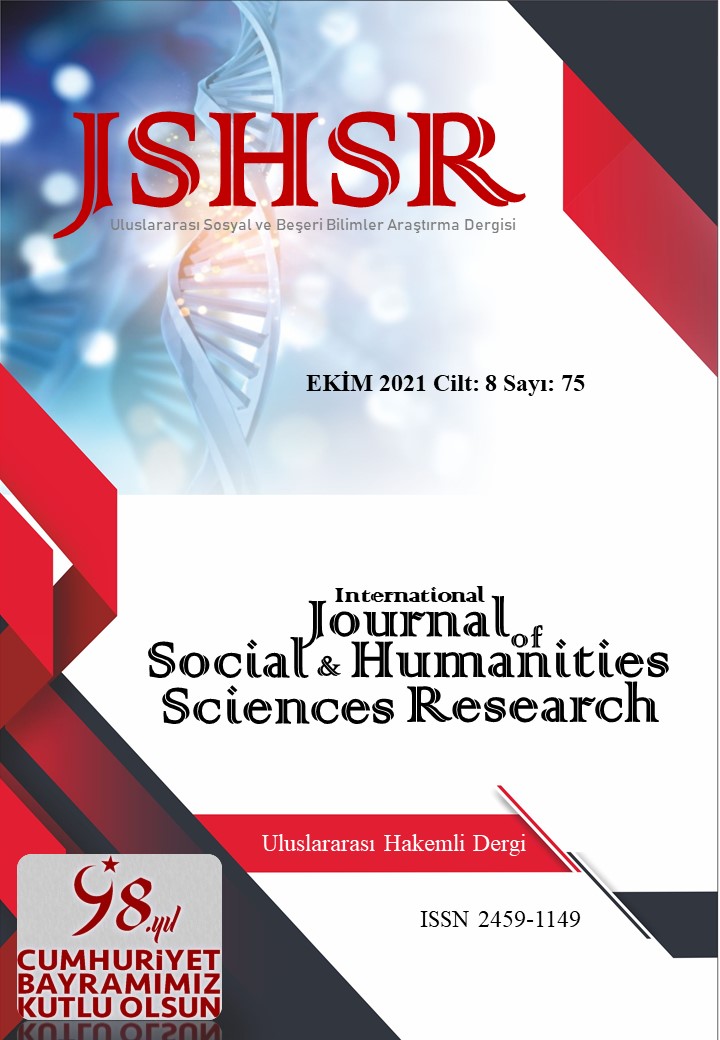EXAMINATION OF LONELY, SOCIAL EXCLUSION AND LIFE COMMITMENT OF ELDERLY INDIVIDUALS: THE CASE OF KAHRAMANMARAS
DOI:
https://doi.org/10.26450/jshsr.2811Keywords:
Old, Psychology, Loneliness, Social Exclusion, Life EngagementAbstract
The subject of this study is the examination of social exclusion and life commitment in the elderly, based on the data obtained from the field study. In this context, our research focused on determining the social exclusion, life commitment and loneliness attitudes of the elderly in terms of gender, occupation, psychological support and educational status. The universe of the study was determined as Kahramanmaraş, and the sample was determined as elderly individuals. The distribution of our sample of 202 according to gender consists of 40.6% (n:82) women and 59.4% (n:120) men. An attempt was made to maintain a balance between the genders. The distribution of the sample according to age groups is a variable that changes according to the aims of the research and takes into account different intervals. In this study, considering the elderly population age groups, four age groups were determined. 59.4% of the participants were “55-60” (n: 120), 21.8% were “60-64” (n: 44), 6.9% were “65-70” (n: 14) and 11.9% are in the “70 and over” (n:24) groups. When we examine the place where our participants live, 51.5% (n: 104) "Province", 16.3% (n: 33) "District" and 32.2% (n: 65) "Neighborhood-Village". “They live on. Finally, the marital status distribution of our sample is 78.2% (n: 158) as "Married", 14.9% (n: 30) as "Single-Widowed". Frequency, T-Test and ANOVA were used in the study, and SPSS 16.0 statistical package program was used to evaluate the data and find the calculated values. As a result of our study, it was found that there is a relationship between social exclusion, life commitment and loneliness attitudes in terms of gender, occupation, psychological support and educational status.
Downloads
Published
How to Cite
Issue
Section
License
Copyright (c) 2021 INTERNATIONAL JOURNAL OF SOCIAL HUMANITIES SCIENCES RESEARCH

This work is licensed under a Creative Commons Attribution 4.0 International License.


